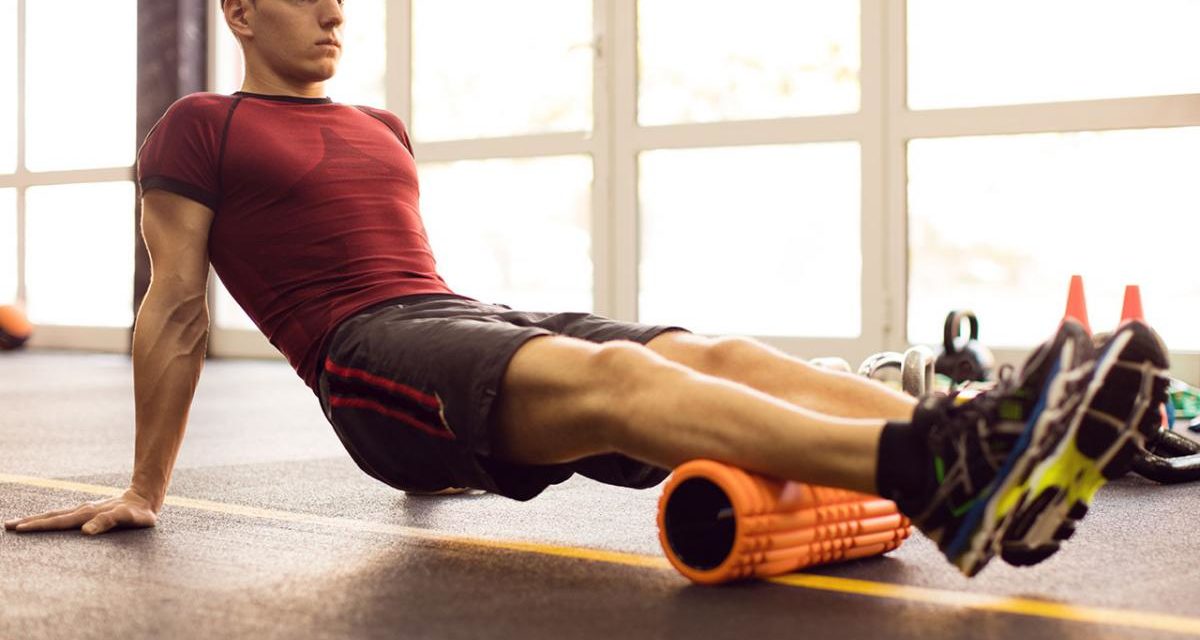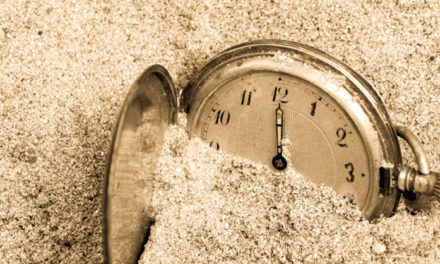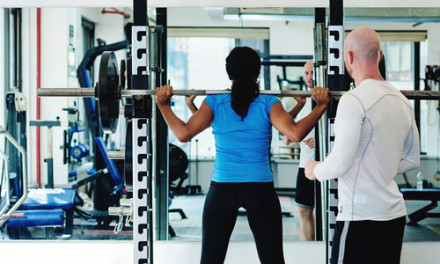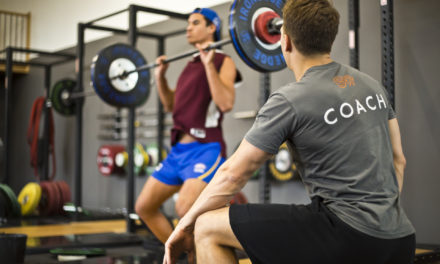Regular exercise is one of the single best things you can do for your body.
Regular exercise builds strength and lean muscle, helps you lose weight, and helps you dramatically improve your health.
But regular exercise does have one unavoidable drawback: regular exercises causes tight muscles and sharp painful bundles of tissue called knots.
Now if left unaddressed chronically tight knotted up muscles lead to two serious consequences.
- They significantly increased your risk of injury.
- They cause chronic discomfort and pain.
Now as we have talked about many times throughout these newsletters, to build a lean, strong, and healthy body you need to address any pain that is impacting you and make avoiding injury your top exercise priority.
This is why it is so important you myofascially release on a regular basis.
What is Myofascial Release?
Myofascial release is the process of applying physical pressure to a muscle with the goal of breaking up the knotted segments of that muscle.
The two most common examples of myofascial release are…
- Massage
- Foam rolling
How Knots and Myofascial Release Work. (Explained Very Quickly!)
How Knots Form
Keeping things very short and sweet, each of your muscles are made up of millions of smaller individual segments that link together when your muscles contract, and detach from each other when your muscles relax.
Unfortunately your muscles don’t work perfectly and over time through countless contractions some of these segments won’t properly detach when your muscles go to relax.
When enough of these undetached segments occur in the same area and jumble together, they form a knot.
Why Knots Matter
Knots themselves matter for two reasons.
First, knots keep your muscles from elongating properly. This causes chronic tightness, keeps your muscles from moving properly, and causes unsafe compression at key joints leading to joint degradation, pain, and increased risk of injury.
Second, knots are in and of themselves sensitive, uncomfortable, and painful.
How Myofascial Release Works
Myofascial release works in a very simple way: By applying physical pressure to a knotted segment of muscle you are able to physically break apart the undetached portions and allow your muscle to return to its proper length.
Myofascial Release Versus Stretching.
But why is myofascial release so important and why can’t you just stretch your knots out?
While stretching is an important tool to include in your toolbox, stretching has one major drawback when compared to myofascial release: Stretching does not release knots.
Yes stretching will elongate your muscles and provide temporary relief from the discomfort of tightness, but it will do so by stretching the healthy segments of your muscles, leaving your knots intact.
Myofascial release is the only way to physically break apart your undetached segments of knotted muscle and enable your muscles to feel and function their best.
How Often Should You Myofascially Release?
As a hard working busy adult, we know your time is limited. So while the more often you myofascially release the better, here at Zach Moore Training we advise our clients to release (almost always through foam rolling or a similar technique) twice a week.
This doesn’t need to take too much time though. While again, the longer you release the better, you can significantly reduce your tightness and pain and significantly reduce your injury risk by releasing your most problematic areas for just 2-3 minutes per area per session.
Meaning you can see significant improvements from just two ten minute sessions a week.
Okay, that’s it for this week.
Have a great week and we’ll catch you back here next Thursday.
Your exercise and dietary coaching team.
Zach Moore Training.
And everyone, if you found today’s article insightful, inspiring or enlightening and you have a friend, family member, colleague or peer who you think would benefit from what we’ve talked about here today, pass on this email please.
One of the best things you can do for those you care about is helping them to build a healthy and great looking body. A body that is strong, capable and moves without pain and a body in which they feel confident and happy.





